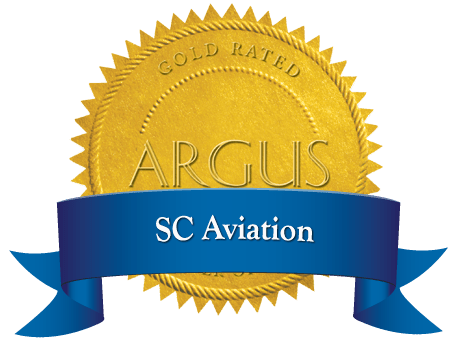History of Swiss Colony Flight Department
The history of business aviation dates back to the early 1900s. A critical tool to conducting meetings, transporting products, and fostering sales, business aviation has helped companies – large and small –meet the demands of the marketplace. In 1946, The Swiss Colony purchased its first aircraft. Almost 8 decades later – SC Aviation is still providing aviation services for Colony Brand’s and hundreds of other local businesses throughout the entire Midwest!
Long Standing Tradition of Safety and Great Service
The use of company aircraft has changed vastly since The Swiss Colony purchased its first aircraft in 1946. From transporting executives to generating revenue, SC Aviation has evolved into a well-respected charter operator in the upper Midwest. While the change in business model was inevitable, the commitments to customers and safety have remained steadfast from the first flight. SC Aviation is committed to carrying on that legacy for years to come.
AS the Story Goes…
The Swiss Colony purchased a two-passenger, single engine Cessna 140 in 1946, and shortly thereafter, purchased a five-passenger Cessna 195. Having forged a relationship with Morey Airplane Company in nearby Madison, The Swiss Colony executives were introduced to Mr. Perry Power. Power was hired to fly the aircraft and “other duties.” (Of course, Power eventually became Vice President of Manufacturing) His expertise came from his years in military flight operations during World War II. Power enjoyed flying Cessna products due to their safety record and reliability. In addition, should maintenance have been necessary, the Morey Aircraft Company was nearby to provide support. With Monroe, Wisconsin being fairly isolated, the company owned aircraft made attending meetings in Chicago, Green Bay and Plymouth much more feasible. By flying to these locations – each an important venue for cheese sales – time for commutes could be cut considerably. A trip by car to Chicago or Green Bay took more than 6 hours, but the aircraft allowed for round trips in the same day.

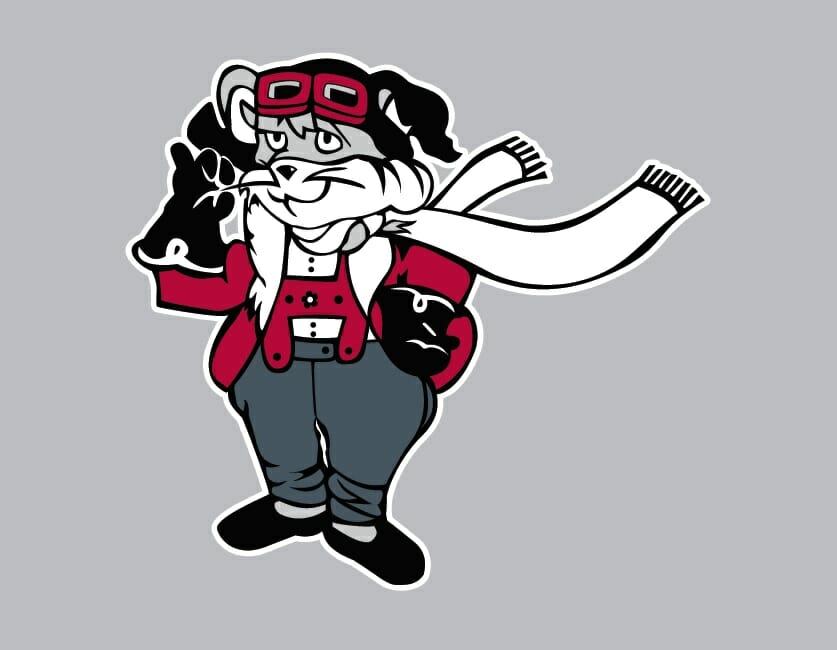
As The Swiss Colony grew, so did the need for more efficient operations. In 1967, the company replaced the single-engine Cessna 195 with the its first twin-engine aircraft, the Cessna 310. The Cessna 310 flew faster and was safer. The second engine not only provided more speed, but allowed operations in harsher weather conditions than the previous single-engine aircraft. In 1971, Chuck Saunders, White joined Power in the flight department. The Cessna 310 was exchanged for a Cessna 414 in 1972. The Cessna 414 could carry more passengers and could fly farther than the Cessna 310. Power’s responsibilities outside of the flight department had grown so much that he was less familiar with the new aircraft. To ensure the safety of all parties, he opted to relinquish his flying duties to focus on manufacturing at the Monroe facility. The aircraft had been well worth the investment to the company. Each provided value by transporting the executives much more efficiently and quickly than if they traveled car or commercial airlines. In addition to executive transportation, the aircraft were used in emergencies to transport orders, pick up spare parts, and bring in specialists or VIPs to Monroe.
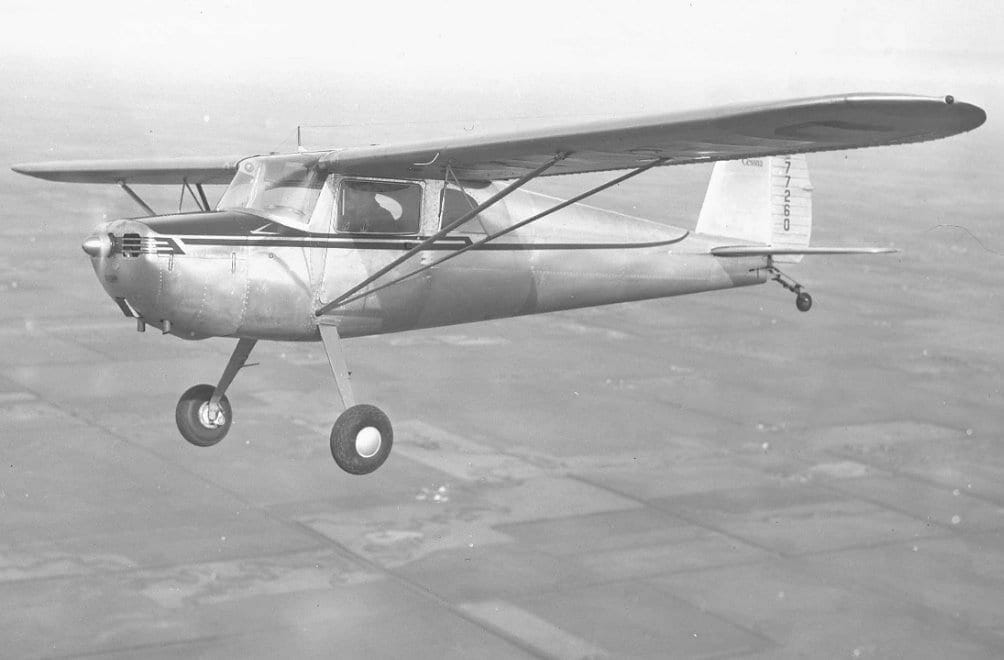
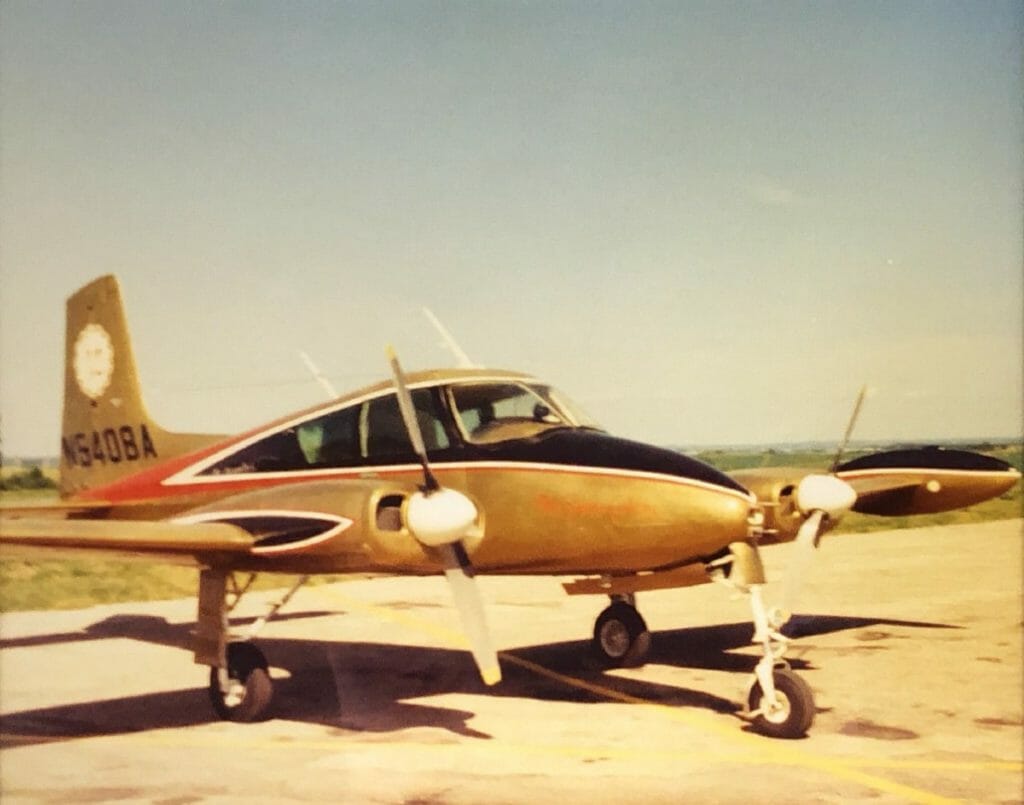
In 1986, The Swiss Colony purchased its first jet aircraft. All of the previous aircraft had propellers. The Cessna Citation II allowed for trips as long as 1,000 miles. New York, Boston, Atlanta, Denver, Dallas and Washington, D.C. all were within reach. Even a west coast trip was possible with only one fuel stop. At this time, The Swiss Colony business was expanding rapidly, putting immense time pressure on senior management. The Citation II allowed for quick travel to increase the team’s productivity. This also marked the move from the Monroe Airport to Janesville’s Southern Wisconsin Regional Airport, the current home of SC Aviation. Jet aircraft require longer runways for takeoffs and landings than their propeller counterparts.
Upon examining the economics, the company discovered that the value of the Citation II had increased so much that it allowed The Swiss Colony to sell the Citation and purchase a less expensive jet, a Saberliner 40. Three years later, in 1992 it traded the Saber 40 for a newer and larger Saberliner 60.
Company use of the both the Cessna 414 and the Saberliner 60 had decreased in the early 1990s, so the company was faced with a decision as to the future of the aircraft. The flight team had presented a plan to offer the aircraft for outside charter for the Sabreliner 60 in 1993. Chartering the aircraft meant that The Swiss Colony could recoup from other sources some of the high costs associated with owning aircraft. When senior management was not utilizing the aircraft, other people or businesses could use the aircraft for a fee. The fees collected help offset the fixed costs (hangar, maintenance, staff, insurance, etc.) and made for a healthier bottom line.
To capitalize on this plan, the Swiss Colony purchased a charter-friendly aircraft – the Hawker 700. The Hawker 700 could transport 8 passengers 2,200 miles as fast as the commercial airlines flew. The cabin of the new aircraft provided much greater comfort than the previous jets and proved to do very well among the chartering public.
The success of chartering the Hawker led to the decision to sell the smaller Cessna 414 and purchase a King Air 200 in 1998. The King Air is a twin engine turbo-prop aircraft and is popular with charter customers because of the spacious cabin and performance specifications allowing it to fly in and out of smaller airports throughout the Midwest. This made it attractive to companies with remote offices and VIPs with remote vacation homes.
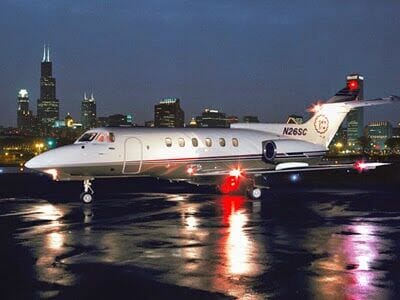
In 1999, company earned the certification to operate its own charter company, SC Aviation, Inc. was born. After composing all necessary manuals and passing rigorous inspections by the FAA, SC Aviation became a prominent charter operator in the southern Wisconsin and northern Illinois area. With the FAA Charter certification, SC Aviation also could manage aircraft for other owners and provide charter and accompanying services. SC Aviation began managing numerous aircraft based in the area and business grew very quickly.


